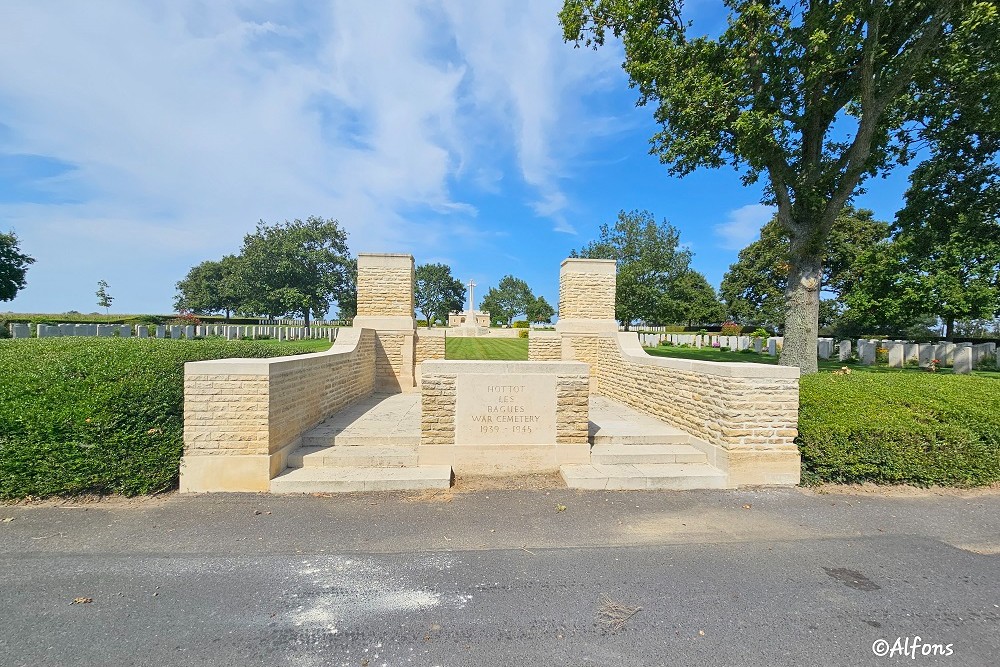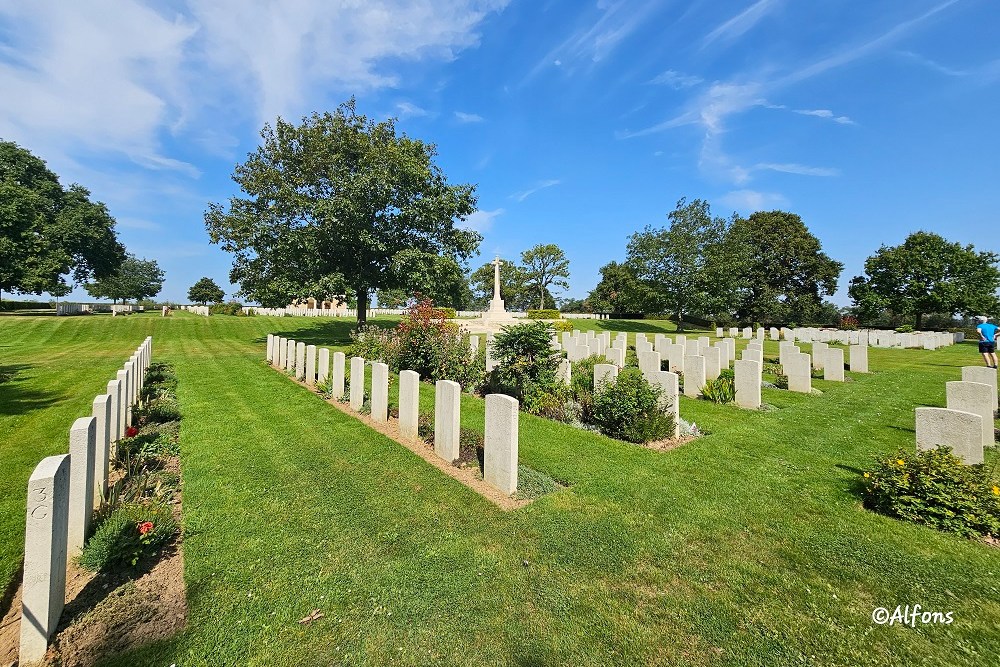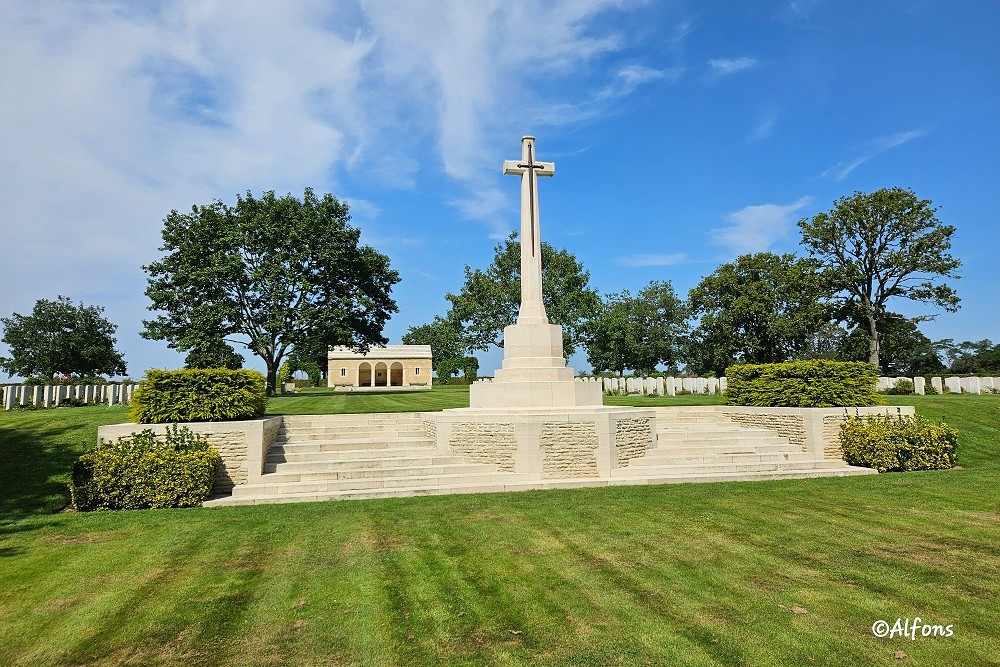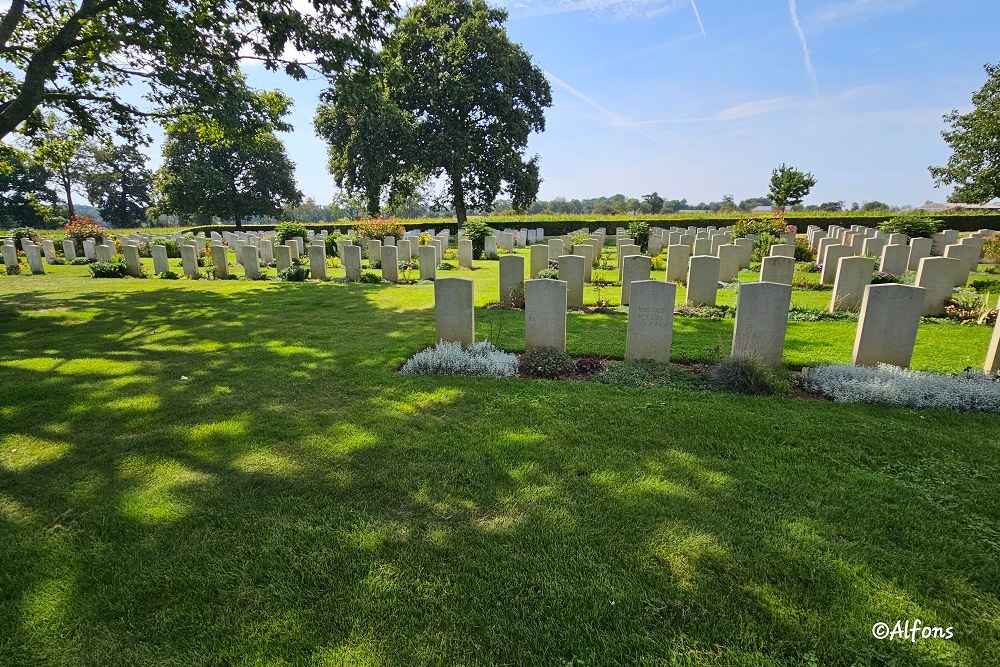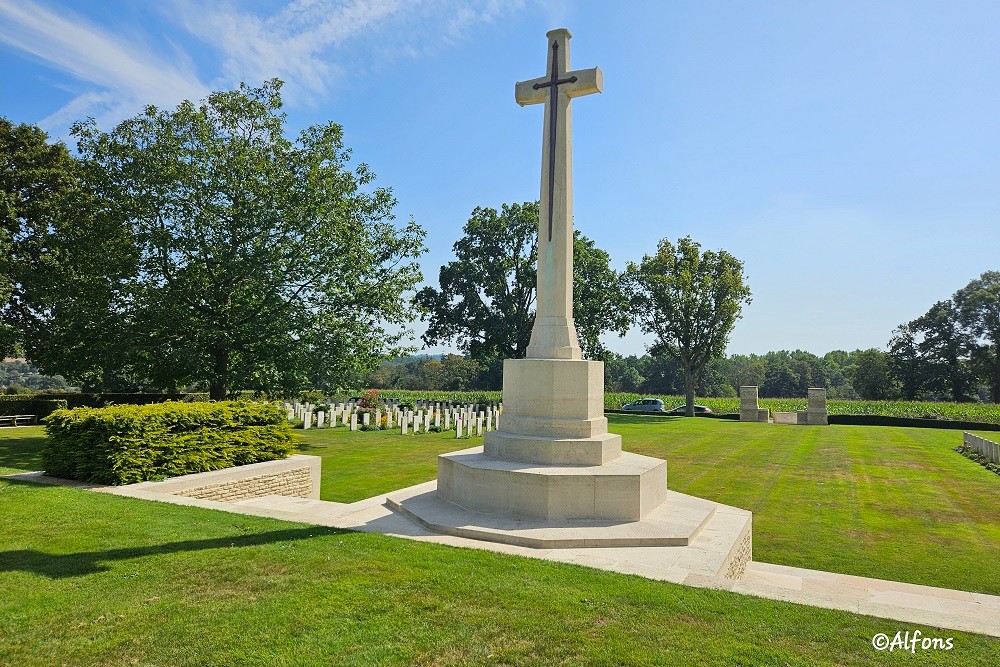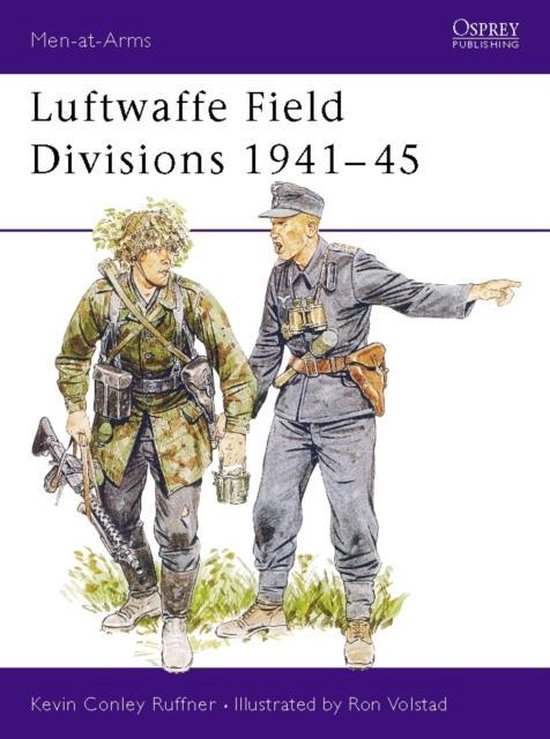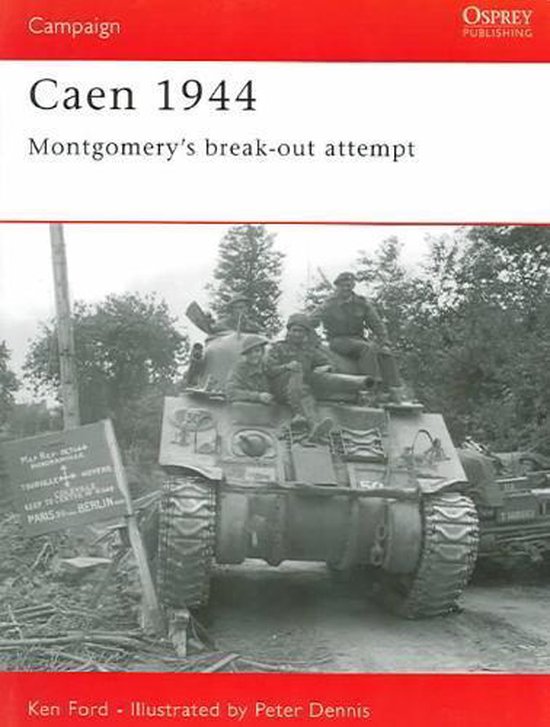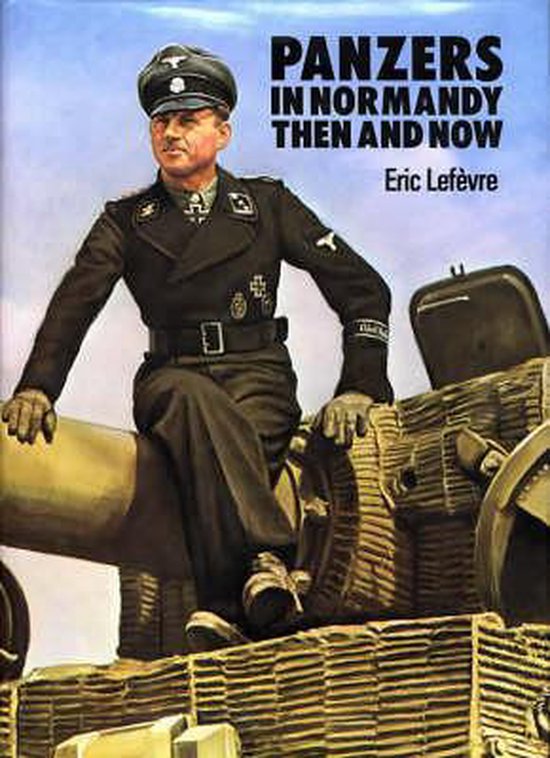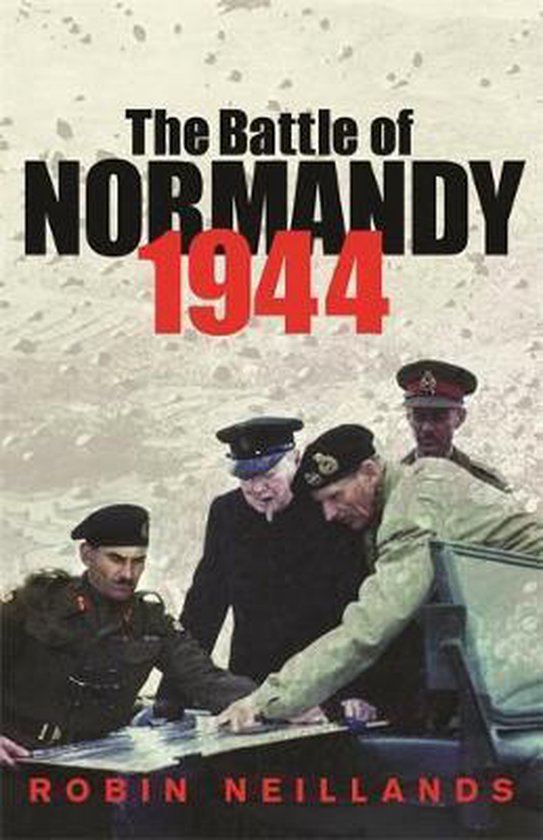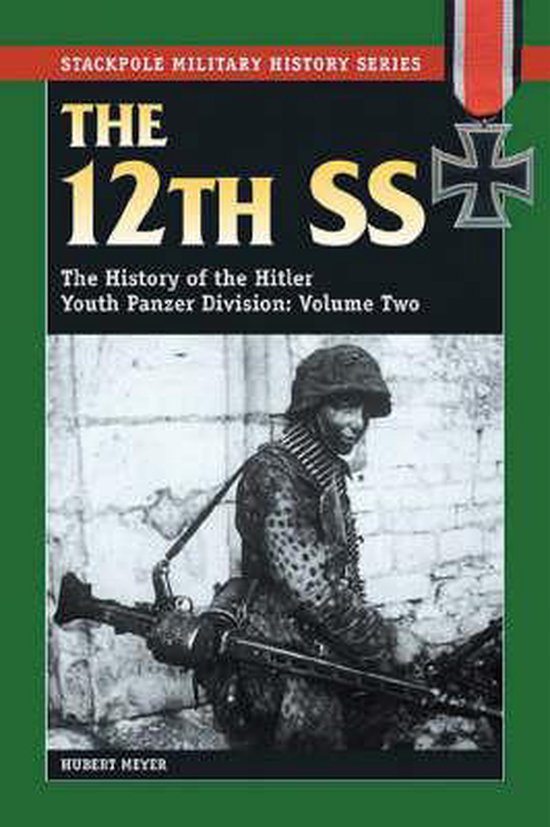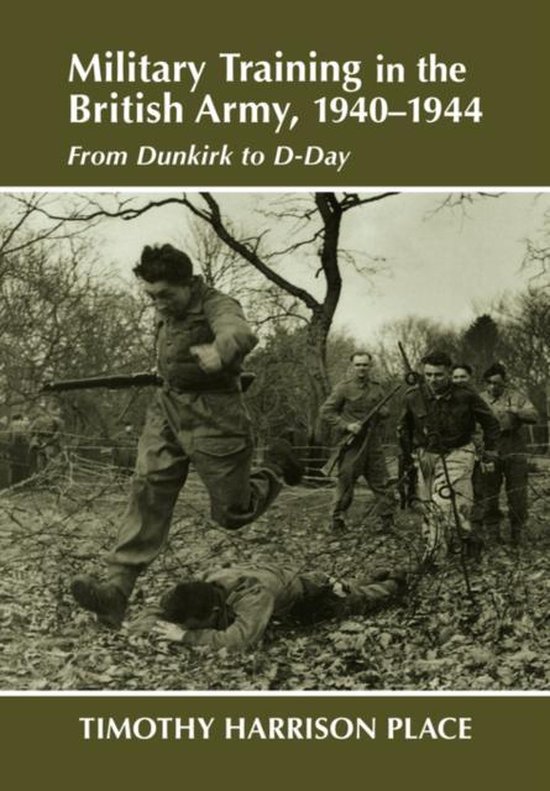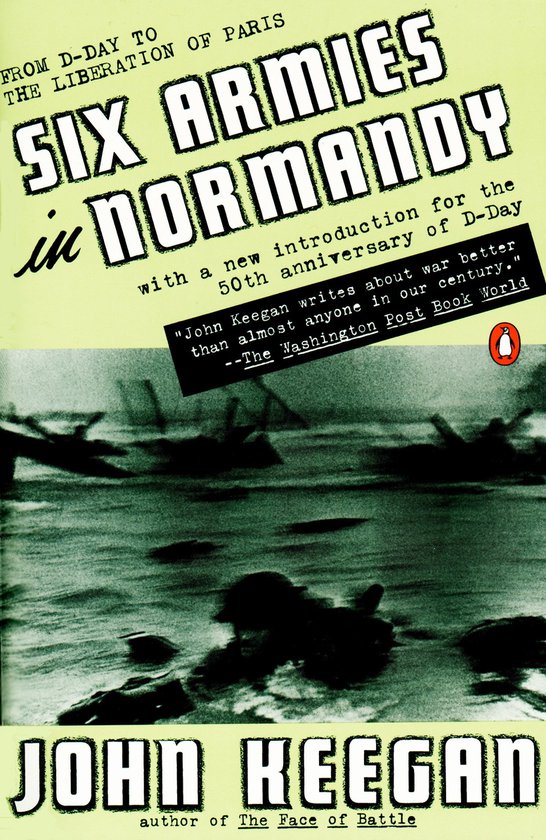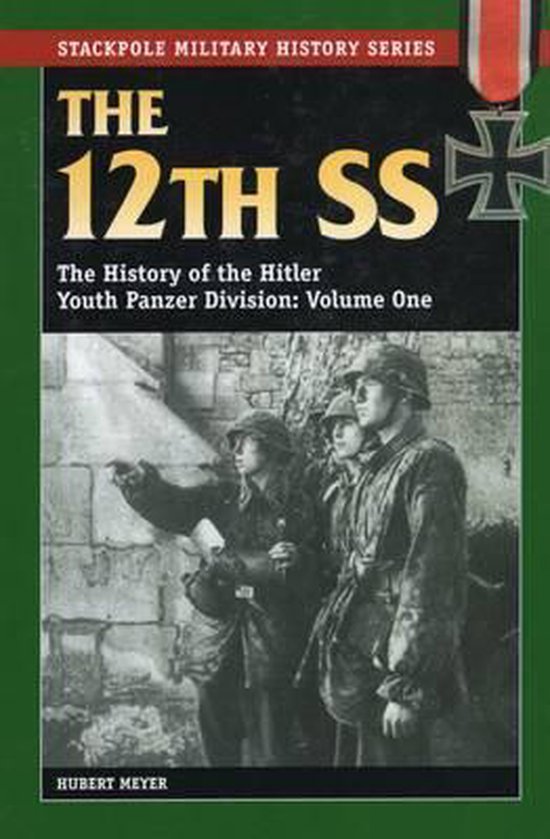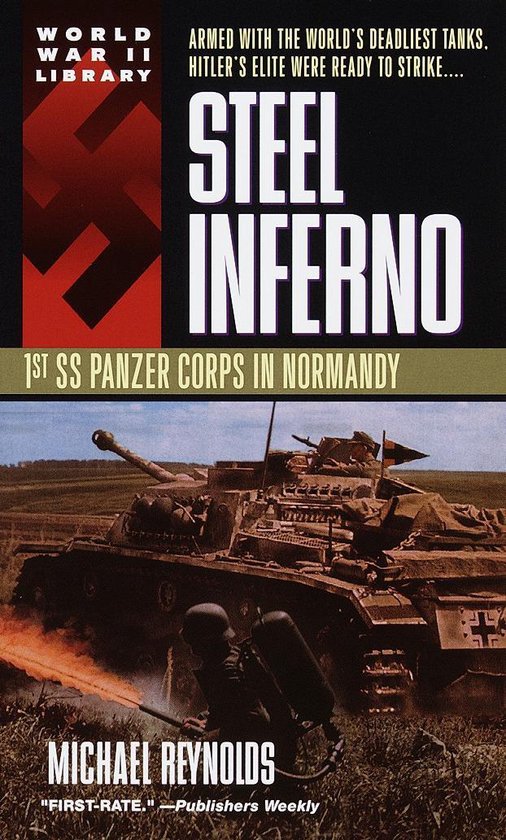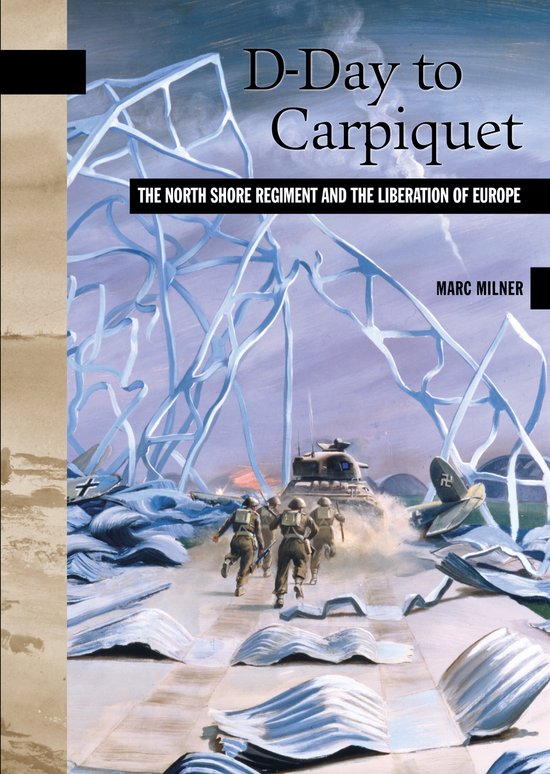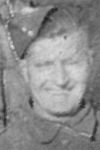Commonwealth War Cemetery Hottot-les-Bagues
The Hottot-les-Bagues War Cemetery, established in 1944, contains 1,005 Commonwealth war graves and 132 German war graves. It was created during the Normandy campaign to accommodate those who fell in the fierce fighting south of Bayeux and around Tilly-sur-Seulles.
The majority of the soldiers interred here were killed in late June and July 1944, as Allied forces advanced south of Bayeux and then pushed south-west in an effort to encircle Caen. Many of the casualties were sustained during the bitter battles around Tilly-sur-Seulles, a key strategic point on the road to Caen.
Among those buried are two senior officers: Brigadier John Roland Mackintosh-Walker of the Seaforth Highlanders and Brigadier James Hargest of the Royal New Zealand Infantry Regiment.
The cemetery also holds casualties from Operation Bluecoat (July–August 1944), the British offensive designed to support the American breakout from Saint-Lô. Notably, 24 Scots Guards of the 3rd Battalion are buried here, most of whom were killed on Hill 226 (now renumbered 232) near Les Loges during the push south from Caumont. These men served in the 6th Guards Tank Brigade, operating Churchill and Stuart tanks in some of the most intense armored engagements of the campaign.
Some of the buried here were victims of a widespread murder spree among Waffen-SS soldiers.
Cemetery description:
The cemetery was designed by Philip D. Hepworth, one of the principal architects of the Commonwealth War Graves Commission (CWGC). It reflects the Commission’s philosophy of equality and dignity in commemoration. Rows of uniform Portland stone headstones mark the graves, each engraved with regimental insignia, name, rank, and age where known. At the center stands the Cross of Sacrifice, a tall stone cross bearing a bronze sword, symbolizing both faith and military service.
The site is enclosed by low stone walls and set on gently rising ground, giving it a commanding yet tranquil presence. Carefully maintained lawns and flowerbeds soften the austerity of the stone, creating a garden-like atmosphere of peace and reflection. The symmetry of the layout, with graves oriented toward the Cross, reinforces the sense of unity among those who rest here, regardless of rank or nationality.
The cemetery lies 14 km south-east of Bayeux, between Hottot-les-Bagues and Juvigny-sur-Seulles, on the D.9 road. Its position in the Normandy countryside places it close to the very ground where many of those interred lost their lives.
Do you have more information about this location? Inform us!
Source
- Text: TracesofWar
- Photos: Alfons Mulder
Related books
Nearby
Museum
Point of interest
- Chateau d'Audrieu - Audrieu
- Memorial Parfouru-sur-Odon - Parfouru-sur-Odon
- Railway Station Villers-Bocage - Villers-Bocage
Monument
- War Memorial Tilly-sur-Seulles - Tilly-sur-Seulles
- War Memorial Hottot-les-Bagues - Hottot-les-Bagues
- Memorial Sherwood Rangers Yeomanry - Tilly-sur-Seulles
Cemetery
- Commonwealth War Cemetery Tilly-sur-Seulles - Tilly-sur-Seulles
- Commonwealth War Cemetery Fontenay-le-Pesnel - Tessel
- Commonwealth War Cemetery Jerusalem - Chouain
